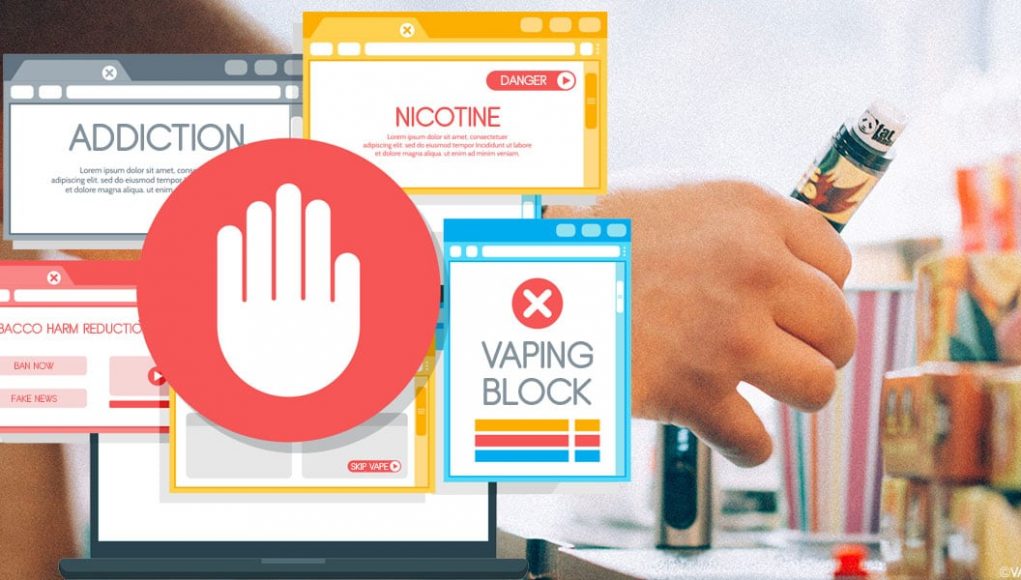As of January 1st, 2024, Australia implemented a series of regulatory changes to restrict access to vaping products, aiming to address loopholes that allowed easy access to highly addictive products marketed to young individuals. The reforms tighten regulations on the availability of vapes with the aim of preventing young people from accessing the products.
The new regulations include:
- Importation Ban (January 1, 2024): Disposable, single-use vapes will be banned from importation. These popular products are often favored by young people due to their disposable nature, cheap price tag and various flavours. However these factors also make the products ideal as entry level vapes for adult smokers wishing to try vaping in order to quit smoking.
- Phased Importation Restrictions (March 1, 2024): Importation of most types of disposable single-use vapes will be banned. Importation of all other vapes, including refillable ones, will be restricted unless importers hold a license and permit from the Office of Drug Control. Legally imported vapes will only be sold in pharmacies to users with a prescription. The Personal Importation Scheme allowance for vapes will end, requiring users to access vaping products from Australian pharmacies. THR experts have consistently highlighted that this restriction is problematic, for starters because it makes the products harder to obtain for smokers looking to try them, and also due to the fact that most Australian physicians are still reluctant to prescribe the products.
- Domestic Manufacture and Sales Ban (Expected Late 2024): The retail sale of all types of vaping products, regardless of claimed nicotine content, will be banned. This phase will include a ban on the manufacture, supply, advertising, and commercial possession of vapes outside the prescription framework, which as previously highlighted makes the products inaccessible to adult smokers.
- Prescription Access (January 1, 2024): Prescription access to vapes for therapeutic purposes is modified to allow medical and nurse practitioners to prescribe therapeutic vapes for smoking cessation or nicotine dependence. Further changes, such as limits on nicotine content, permitted flavours, and standardized packaging, are expected by March 1st. While standardized packaging may not pose so much of a problem, limits on nicotine content may deter heavy smokers from switching to the safer alternatives. Moreover, restrictions on flavours may encourage former smokers who had found their preferred products/flavours, to switch back from vaping to smoking.
Why the persistence to deny the obvious?
However, THR experts have consistently shown that local vape restrictions, which are already significantly harsher than they are in most Western countries, are failing miserably. In response to these measures and the smoking cessation success acheived via vaping in New Zealand, where smoking rates have reached record lows, Australian tobacco treatment expert Dr. Colin Mendelsohn believes that Australia needs a Royal Commission on Vaping Policy.
The proof is in the pudding
The New Zealand Health Survey reveals a remarkable 45% decline in the adult smoking rate over the last five years, primarily attributed to the legalization and regulation of vaping in 2021. Other countries which have endorsed the use of vapes for smoking cessation, such as the UK, are reporting similar figures. In contrast, Australia has only seen a mere 5% reduction in the same period.
While New Zealand endorses vaping as a safer alternative and witnesses a simultaneous decline in smoking rates, Australia remains obstinately opposed to vaping, with government bodies spreading misleading information. The call for a Royal Commission stems from concerns that flawed policies are causing preventable harm, particularly among vulnerable populations. Youth smoking in New Zealand has nearly disappeared, providing strong evidence that vaping is replacing smoking.
Contrary to claims by Mark Butler, the decline in smoking is most significant in younger age groups where vaping rates are higher. In Australia, however, youth smoking is on the rise, reaching 12.8% among 14-17-year-olds in early 2023. The call for a Royal Commission emphasizes the need for evidence-based public health policy rather than ideological opposition to vaping, which is considered an effective smoking cessation aid. The stark divergence in outcomes between New Zealand and Australia highlights the urgency of revisiting and reforming current vaping policies in the interest of public health.
A Clearer Picture of the Vape Regulations Coming Ahead for Australia




![Recent Conference Urged Nations Worldwide to “Quit [Smoking] Like Sweden”](https://www.vapingpost.com/wp-content/uploads/2024/04/vape-conference-238x178.png)



